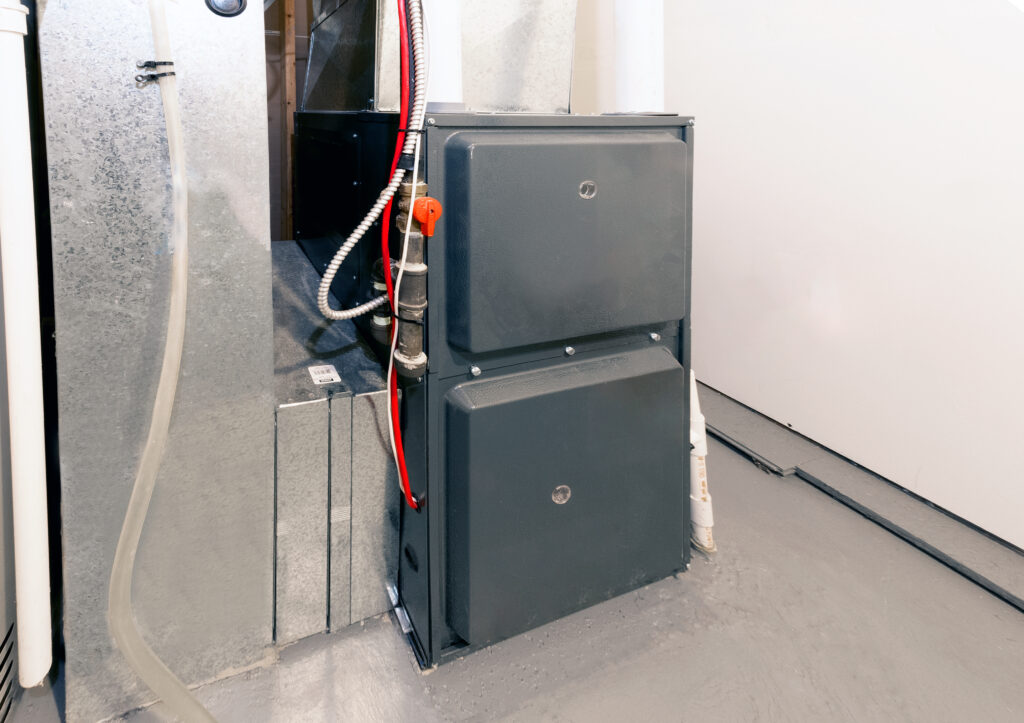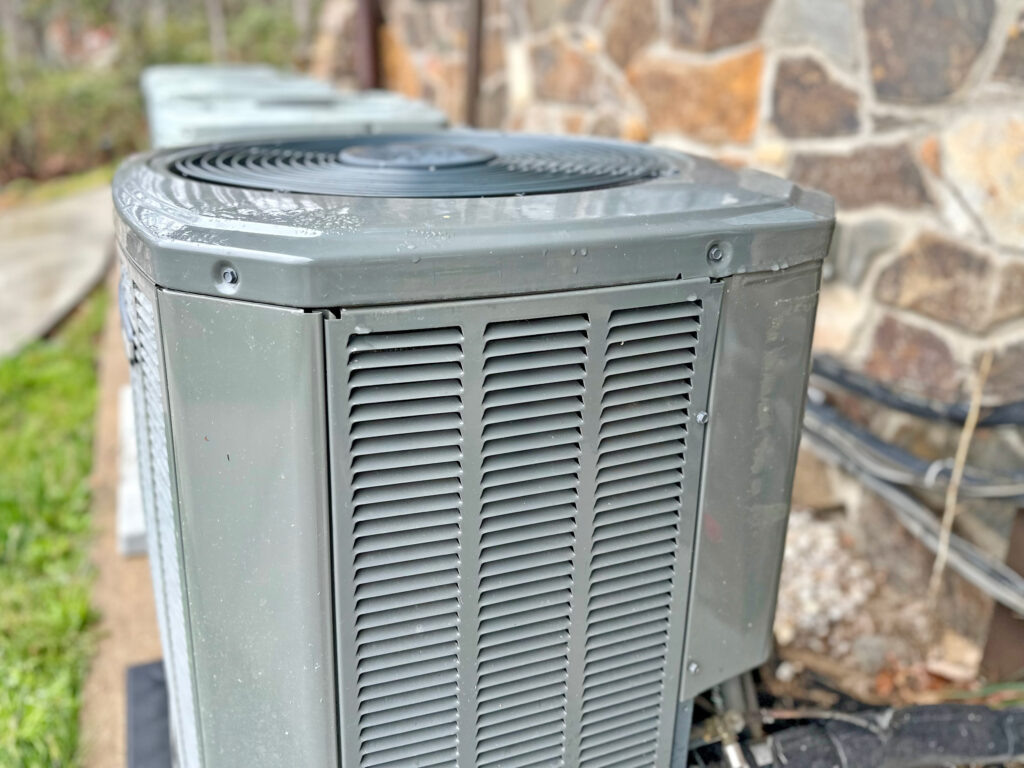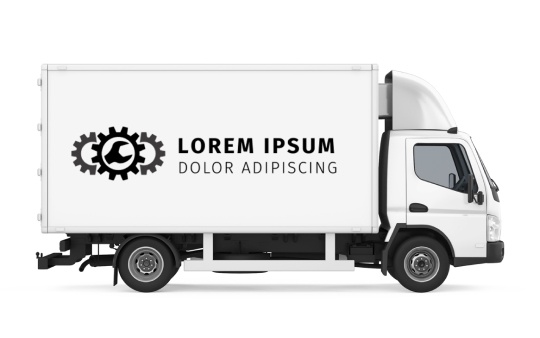
If it feels like everyone’s suddenly talking about tariffs, you’re not imagining things. These taxes on imported goods aren’t just something economists argue about on TV — they affect you more than you might think.
Tariffs are being applied to all kinds of products and materials, including metals and semiconductors used in HVAC manufacturing. As import tax rates increase, so does the price of building the systems that keep your house cool. In short, the cost of comfort is rising, and your air conditioner could be the next thing to feel the heat.
Understanding the New Tariffs
Increased tariff rates rolled out shortly after the new U.S. administration took office in 2025. For example, steel and aluminum are now subject to a 25% tariff. These metals are used in AC units, from the outer shells to internal coils and supports. Meanwhile, electrical components from Mexico and China are facing tariffs as high as 20% to 40%.
Manufacturers are already anticipating AC price increases between 15% and 30% in 2025. For Kansas homeowners, that could translate to an extra $1,000 or more for a mid-range AC system — and that’s before factoring in labor or installation costs.
The 3 Factors Involved
Three major tariff-related factors are driving the surge in AC unit pricing.
Higher Manufacturing Costs
The 25% tariff on imported steel and aluminum is a big culprit. These raw materials are used extensively to manufacture air conditioning units. When manufacturers pay more for raw materials, they have no choice but to pass on the costs directly to consumers.
Rising Costs for Foreign-Made AC Brands
Many popular AC brands installed in the U.S. are manufactured in Mexico and Southeast Asia. These regions are now caught in the expanding web of tariffs. If your current system is from one of these brands, expect replacement parts or full system upgrades to come with a higher price tag.
Conversely, American-made brands offer more cost stability. While no system is immune from global price swings, choosing a domestically manufactured brand reduces the impact of new tariffs. This is why it’s wise to research where different manufacturers build their systems before deciding what to buy.
Supply Chain Disruptions
Tariffs don’t just add cost — they add unpredictability. When manufacturers face fluctuating import fees, they often reduce orders or change suppliers, leading to supply shortages or inconsistent product availability.
If you’re in Kansas and your system fails during a mid-summer heatwave, the last thing you want is to wait weeks for a replacement unit stuck in customs or sitting in a warehouse without a necessary part. Trade wars have a way of turning small delays into big problems.

When Is the Best Time to Replace Your AC?
The short answer is as soon as possible, especially if your AC unit is more than 10 years old or has been acting up lately. With many manufacturers already preparing for tariff-related price hikes in 2025, the smart move is to act now before costs increase even more or inventory becomes harder to find.
Why Choose Santa Fe Heating & Air?
When deciding whether to replace your AC with tariffs looming, you want an HVAC partner who knows what they’re doing. Santa Fe Heating & Air has served Gardner, Kansas City, and the surrounding area since 1985. As a Lennox Premier Dealer, we work with a brand that manufactures many of its products in the U.S., giving us more flexibility when navigating supply chain disruptions and rising import costs.
Call today to talk through your options in Kansas City, KS. We’ll help you choose a system that fits your needs and budget.






